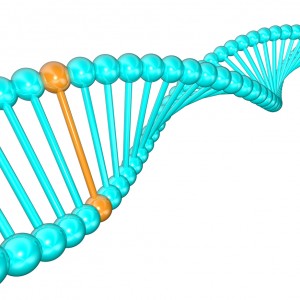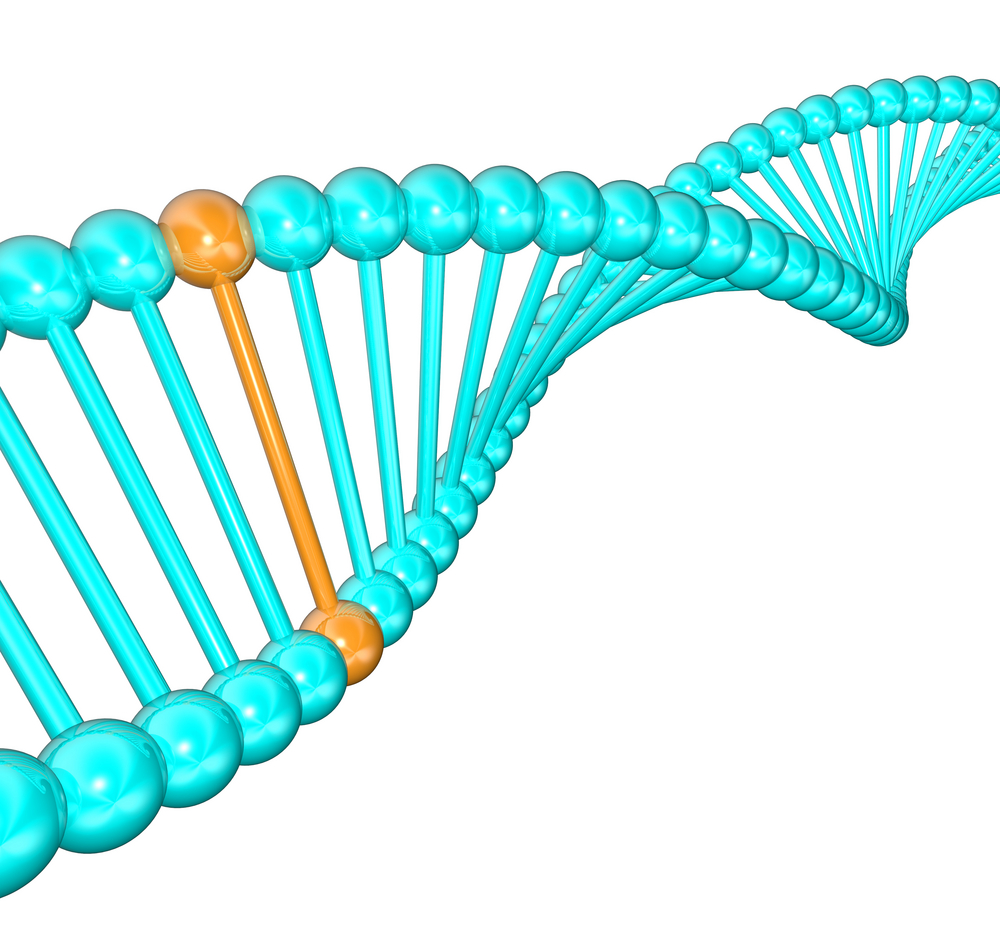 Recent research from the University of Louisville’s James Graham Brown Cancer Center has identified mutations responsible for DNA structure alterations that turn off genes located at four different sites of the hTERT promoter and occurring in 75% of all melanomas and glioblastomas.
Recent research from the University of Louisville’s James Graham Brown Cancer Center has identified mutations responsible for DNA structure alterations that turn off genes located at four different sites of the hTERT promoter and occurring in 75% of all melanomas and glioblastomas.
The line that divides a healthy cell from a cancer cell is in part decided through events such as cell division and telomerase maintenance. These events strongly rely on the telomerase enzyme. Nonetheless, the mechanisms by which a cancer cell is activated and begins its malignant transformation are still largely unknown.
However, it is known that the regulation of the human telomerase reverse transcriptase (hTERT) gene, at the transcriptional level, plays a key role in the cancer-specific promotion of telomerase.
Study author Donald Miller, M.D., Ph.D, director of the James Graham Brown Cancer Center, and his team have been studying ways of therapeutically shutting down genes. “We know that human telomerase is over-expressed in most human cancers, but we’ve never known why,” Dr. Miller said in a news release.
Two previous studies published in 2013 had already started to shine a light on the possible directions towards an answer for this problem. “These papers said that in most melanomas, mutations existed in the promoter of this telomerase gene. This was the first time that anyone reported common mutations in these promoters,” Dr. Miller explained.
The current study, published online in the PlosOne journal, has shown that the mutations are found in a specific region of the hTERT promoter, which had already been linked to quadruplex DNA formation.
Researchers used biophysics and molecular modeling to find a novel form of a quadruplex transcription regulation element that is responsible for the reduction of telomerase activity.
“We speculated that the occurrence of these mutations could destabilize or alter the recognition of quadruplexes formed by this sequence,” Dr. Miller explained. “We found that the mutations inactivate the gene’s ‘off’ switch so it becomes locked on, destabilizing the quadruplex and allowing it to be over-expressed. This over-expression then drives the cells to continue to divide, which is the cause of the cancer.”
The next step is to understand the way to silence this switch. “What we have described in this PLOS ONE article is the on-off switch and provided an entirely new model for that structure. Our next step is to look at how to turn it off that will help lead us to new therapeutics to prevent the occurrence of cancer”, concluded Dr. Miller.


